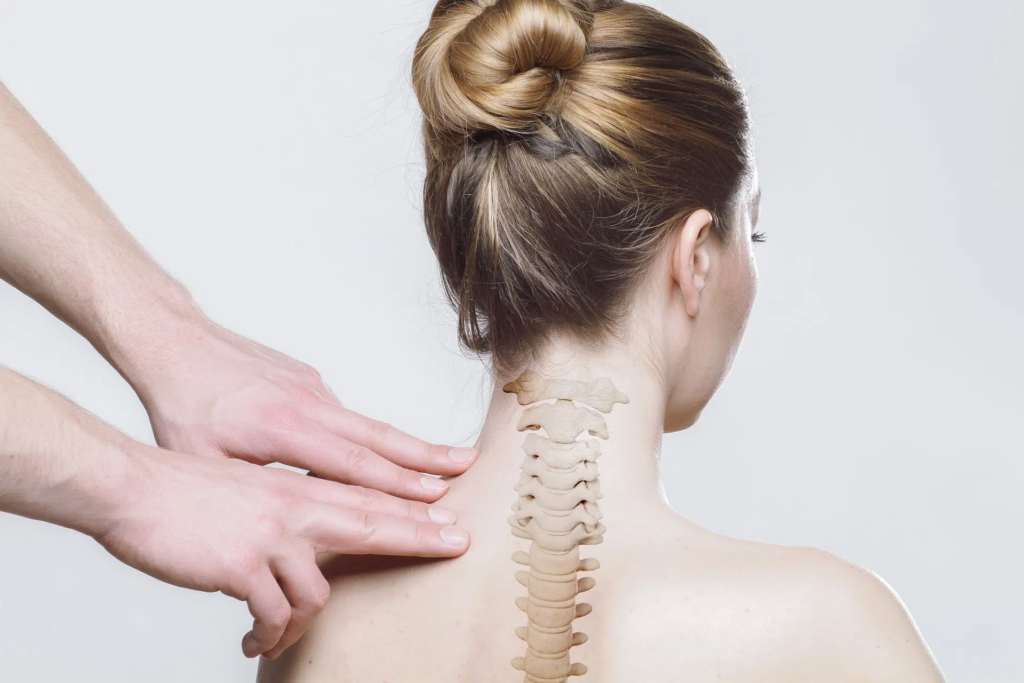Degenerative disc disease is not truly a disease but a relatively common spinal condition. It typically accompanies the usual signs of aging, and you may be unaware that it’s disc degeneration behind your uncomfortable symptoms. A spinal disc lies between the bones of the spine, or vertebrae. It absorbs the normal wear and tear on the spine but becomes less efficient over time. If the disc deteriorates or slips out of place, even everyday movements can be somewhat painful.

Signs & Symptoms
The spinal disc does not regenerate tissue, so the earlier the condition is caught, the better the prognosis. If you’re experiencing any of these warning signs, you should seek consultation immediately:
- Consistent, sharp pain in your neck or back
- Difficulty sitting or standing comfortably for more than a few minutes
- Numbness and tingling in the arms or legs
- Muscle weakness in a localized area
Common Triggers
The human spine consists of three distinct segments: the cervical spine, the lumbar spine, and the thoracic spine. Each section corresponds to different muscles and functions within the body. The cervical spine is responsible for a stiff and painful neck, while the lumbar area is likely to be in pain after sitting in an office chair all day.
Each vertebra has a disc between it and the next, so this condition could strike anywhere within the spinal column. In addition to aging, a sedentary lifestyle, underlying illness, or bad posture may put you at risk for disc degeneration or injury.
Around 40% of adults have a form of degenerative disc disease by the age of 40. Unfortunately, a great majority of people simply dismiss these pains as the normal complaints accompanying middle age.

Diagnosis
Diagnosis is often a quick and easy affair. Cervical degenerative disc disease can be easier to diagnose than asymptomatic lumbar degenerative disc disease, for instance, simply because your pain is more obvious. An evaluation with a specialist is the only way to rule out a wayward disc as the reason you can’t stand, sit, or keep a steady posture without discomfort.
After evaluating your symptoms and pain history, the doctor will perform a physical examination. You’ll also receive X-rays or MRI testing to show visual confirmation of the condition. If a disc has degenerated or slipped out of place, it’s visible on these types of imaging. For more complex situations like multilevel degenerative disc disease, your doctor may need further tests to uncover any nerve or muscle damage.
Treatment
Most disc problems can be easily treated with several therapies, including medication, surgery, physical therapy, and steroid injections. Most are minimally invasive, have quick recovery times, and can significantly improve your quality of life.